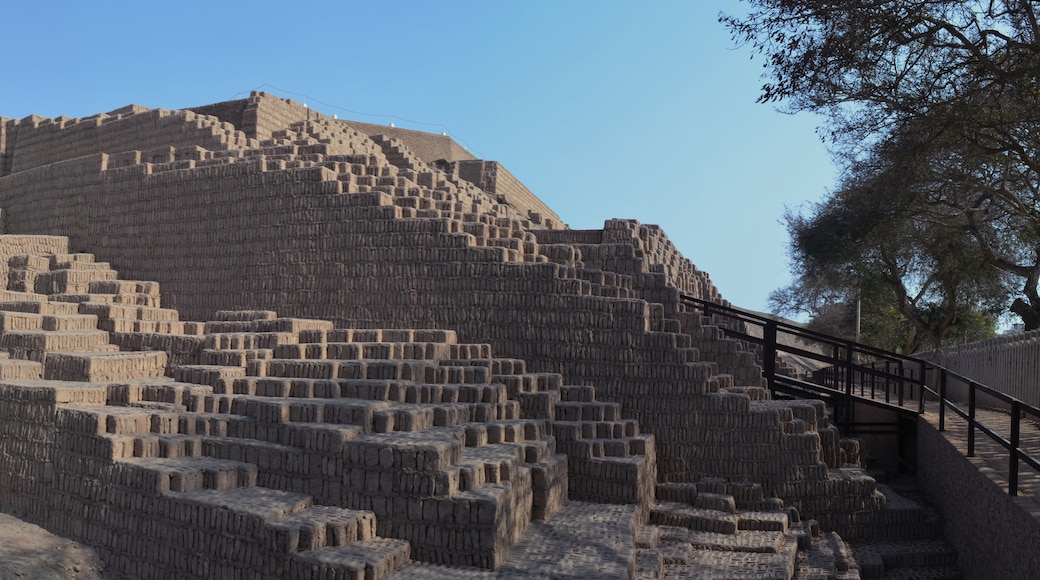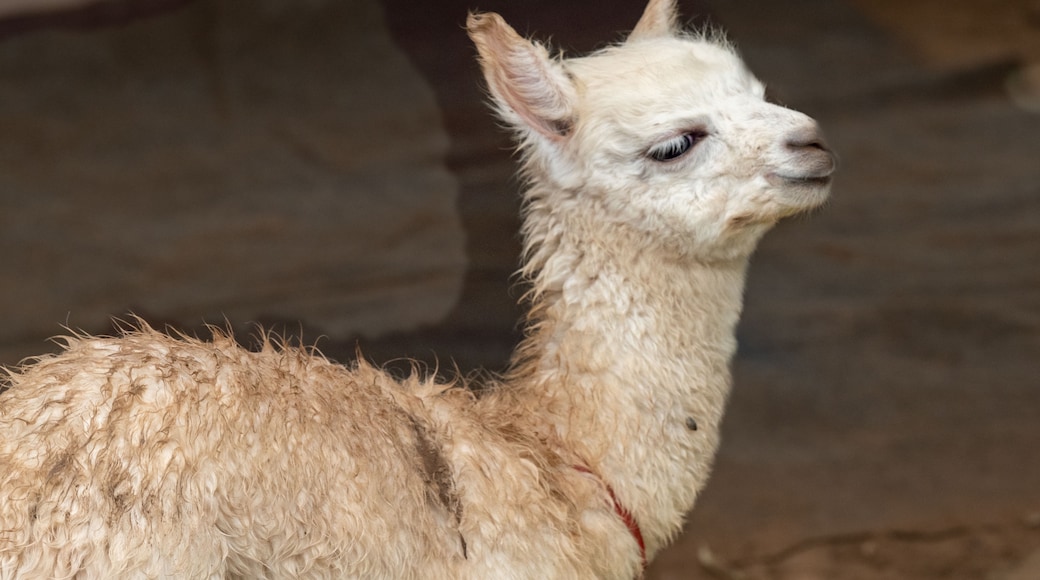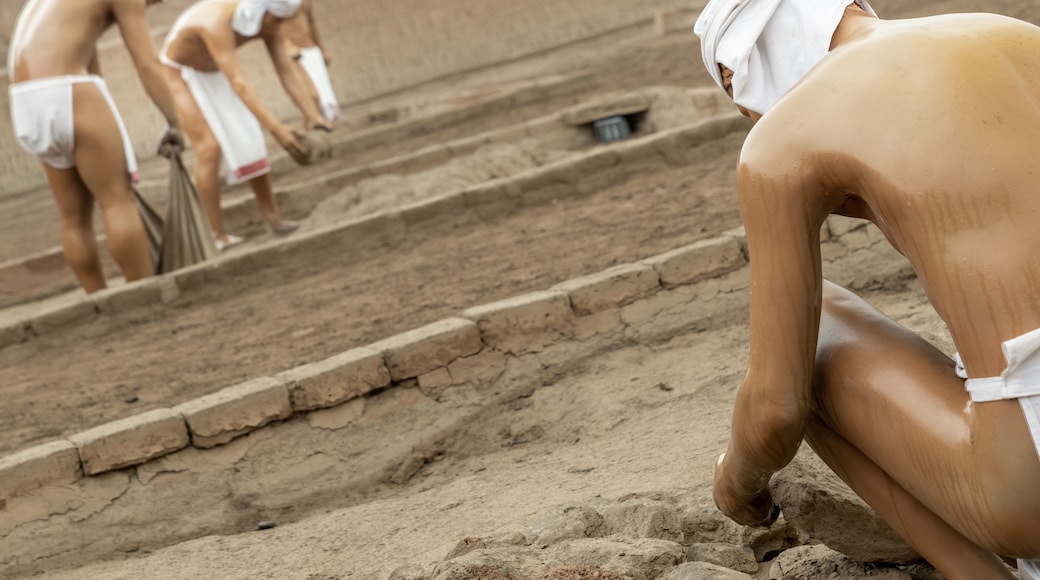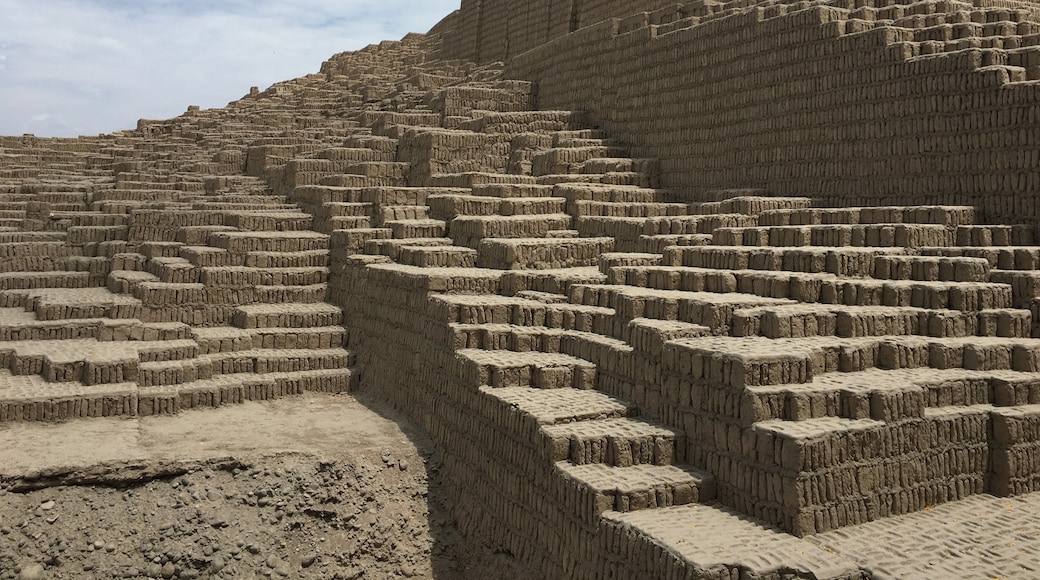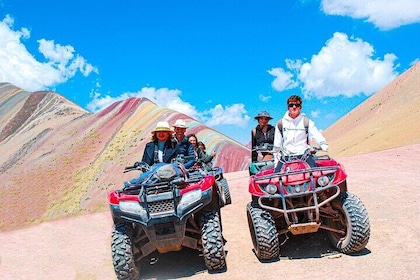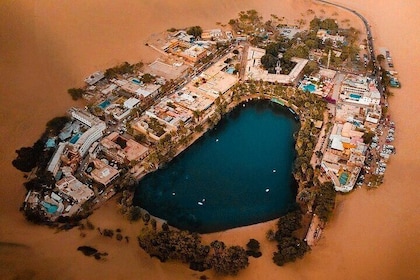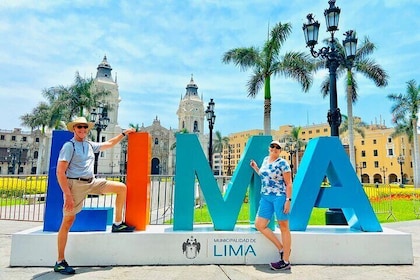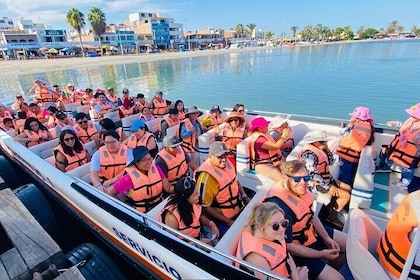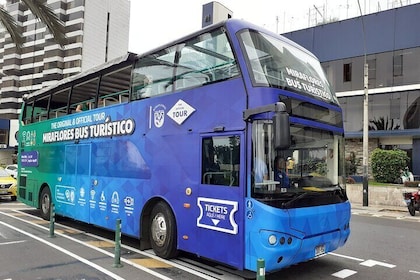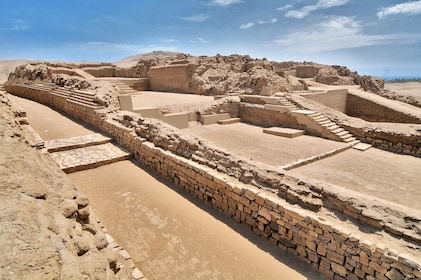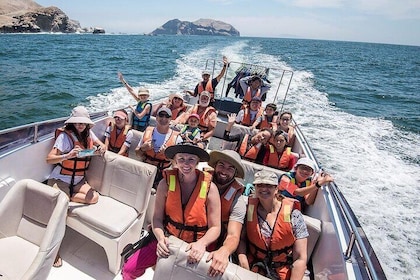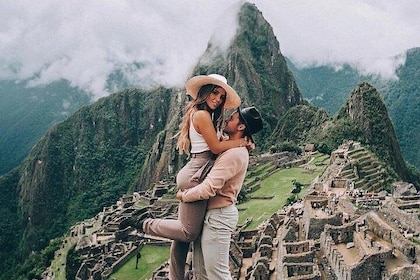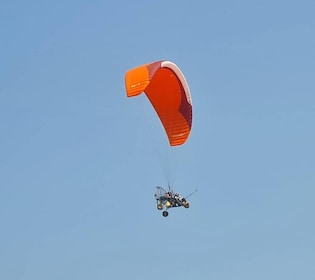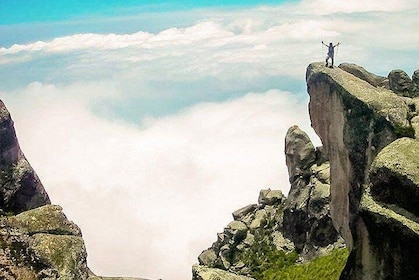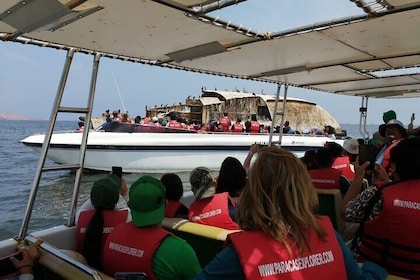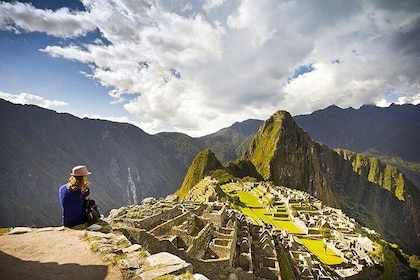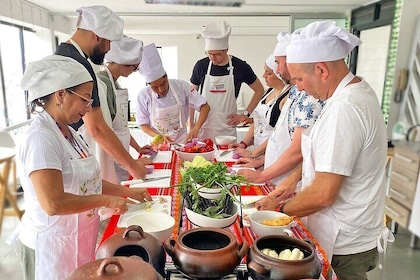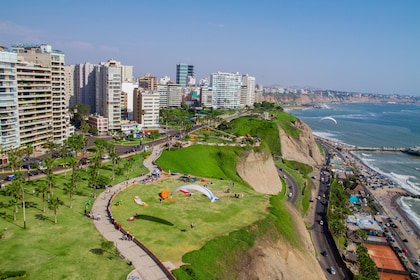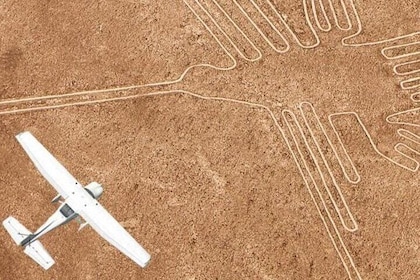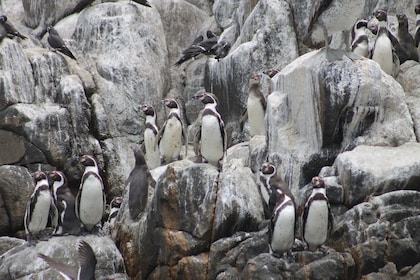The Huaca Pucllana is an ancient pyramid built by an indigenous civilization known as the Lima Culture. It was built around A.D. 500 as an important meeting point for ceremonial and political activities for the group. Now, it is an ideal spot to learn about Lima’s past. It is made from clay and adobe, which is a natural mixture of sand, clay and water. The temple sits on a complex that is spread out across 12 acres (4.9 hectares) of land.
Take a guided tour of the temple in English. Enjoy the vista of the city’s buildings from atop the structure. Take pictures of the temple’s walls, made from adobe and clay bricks. They are stacked on top of each other in a jumbled fashion, creating an intriguing layout.
Around the temple is a plaza with walls and rooms made from the same material. Explore the haphazard chambers, hallways, passages and entrances to learn about what they were used for almost two millennia ago. Imagine the Lima Culture people living out their daily lives in the remaining huts, courtyards and patios.
See the deep pits where animals were offered as sacrifices to deities. The Wari Culture added to the temple toward the end of the Lima Culture’s presence. Take a look at the tombs, including the grave containing one of the group’s chiefs, the Lord of the Unkus. It had two other adults with masks and a child who was sacrificed.
The site takes its name from the Native South American Quechua language’s words for “a ritual for games”. There are many ancient sites scattered around Lima called Huacas. The Lima Culture society existed in the city from around A.D. 200 until A.D. 700.
The Huaca Pucllana can be found in the affluent Miraflores district in the south of the city, near to the west coast. It is a 5.5-mile (8.8 kilometer) taxi ride south from Plaza Mayor, the city’s principal square in the historic center. Public transport is sparse around the site, so it is advisable to take a cab or arrange a tour with your hotel. There are serene and tranquil areas in the neighborhood, such as the Clorinda Matto de Turner Park and the Ernesto Alayza Grundy Park.

